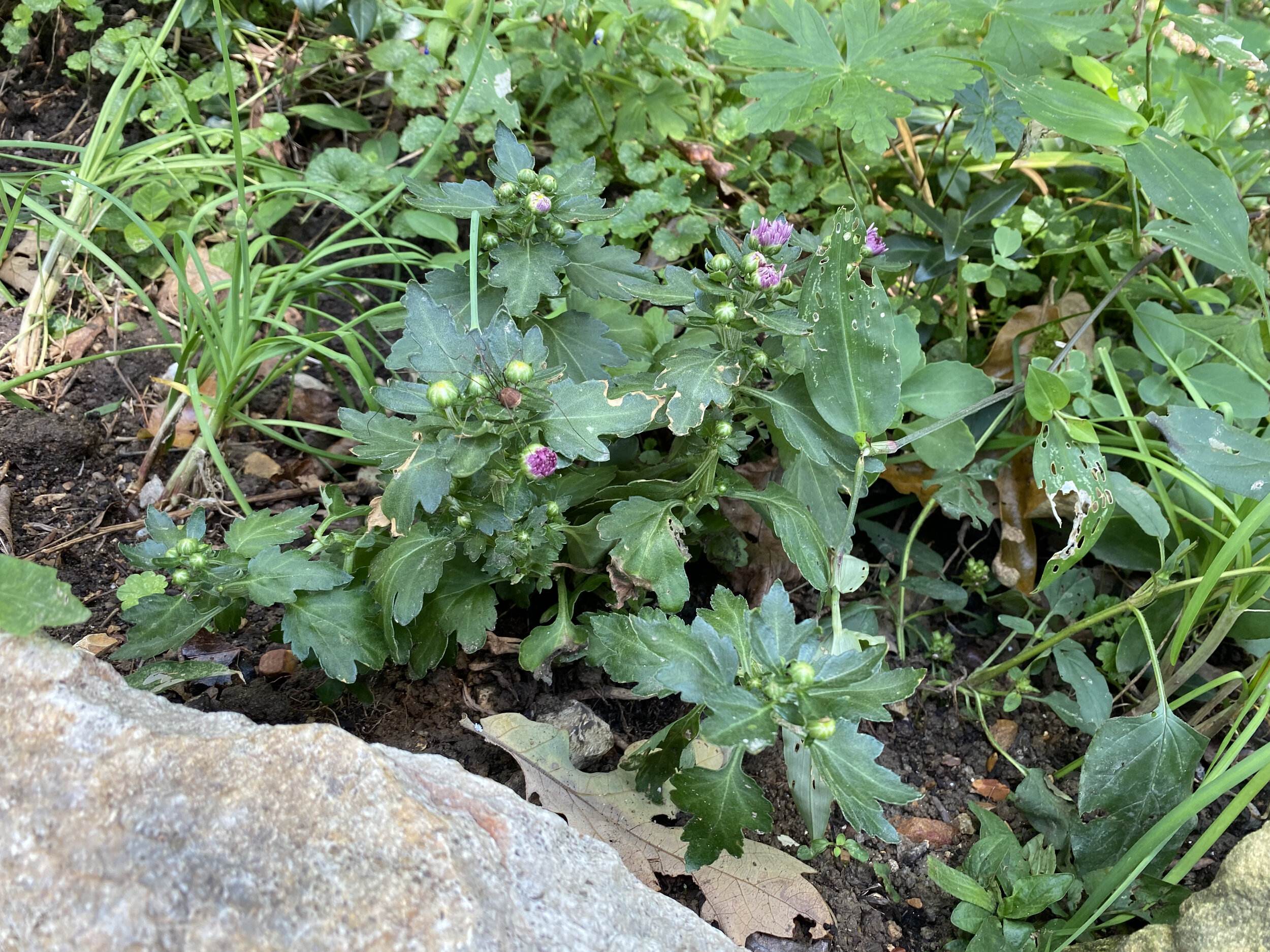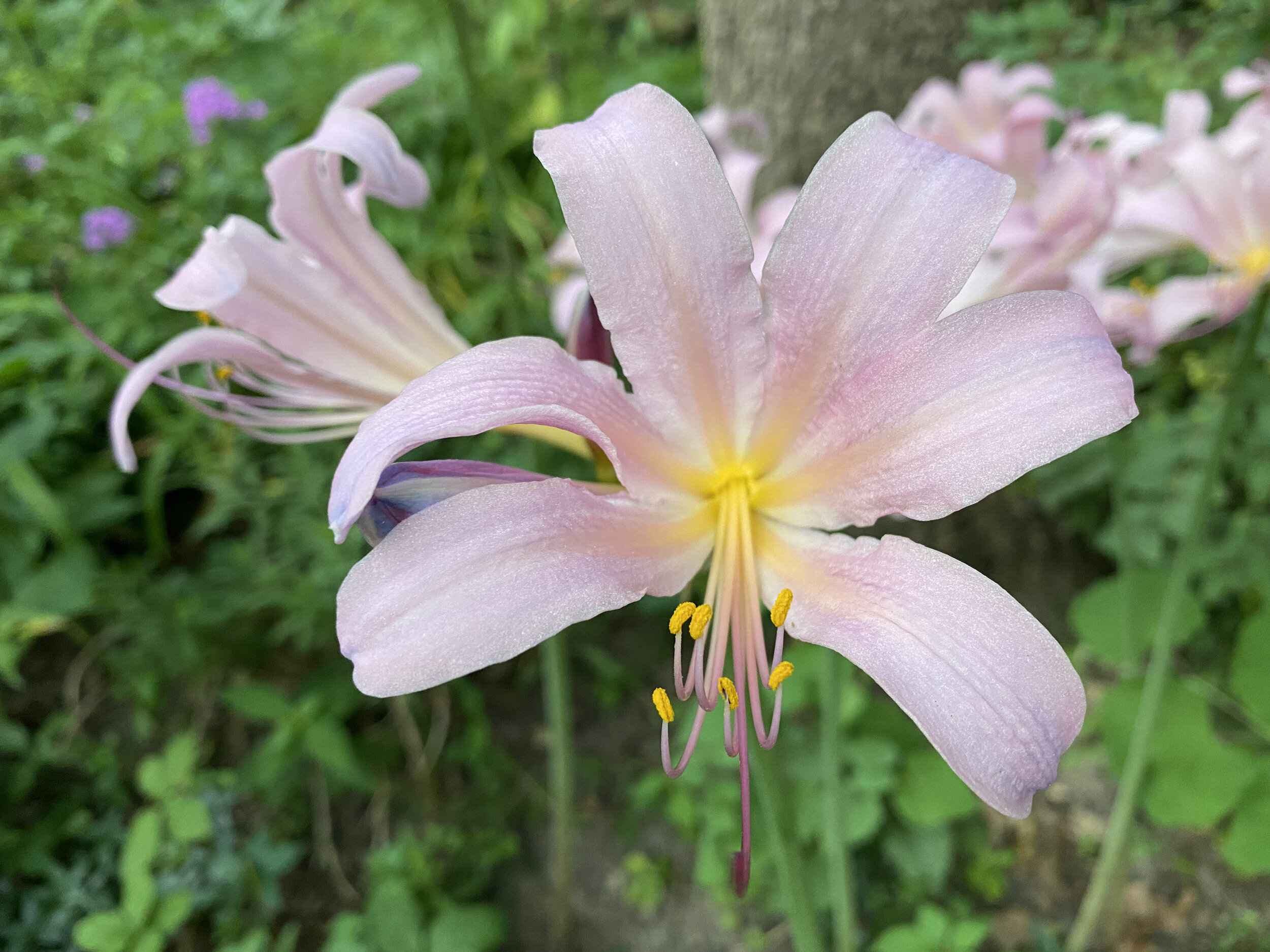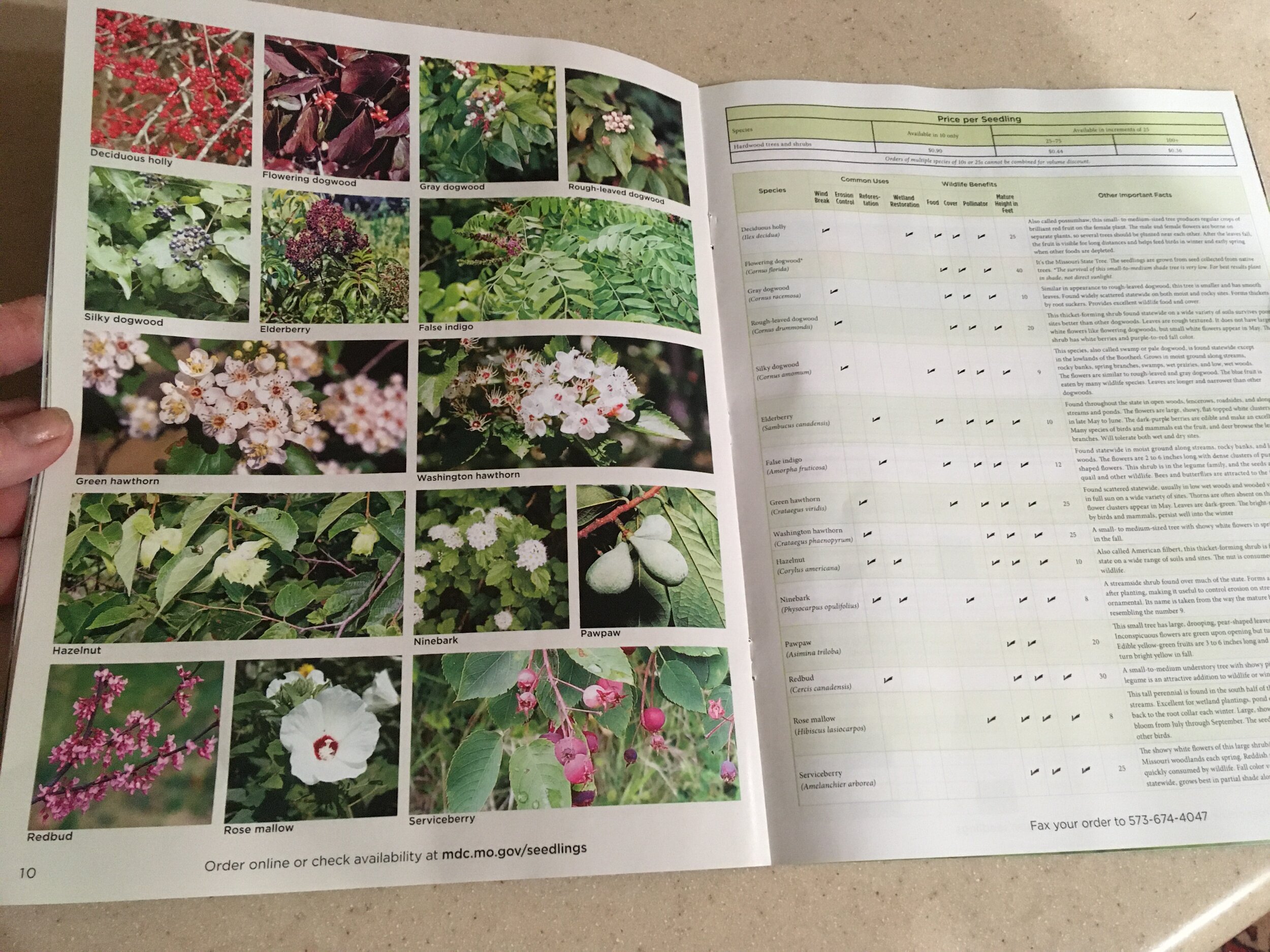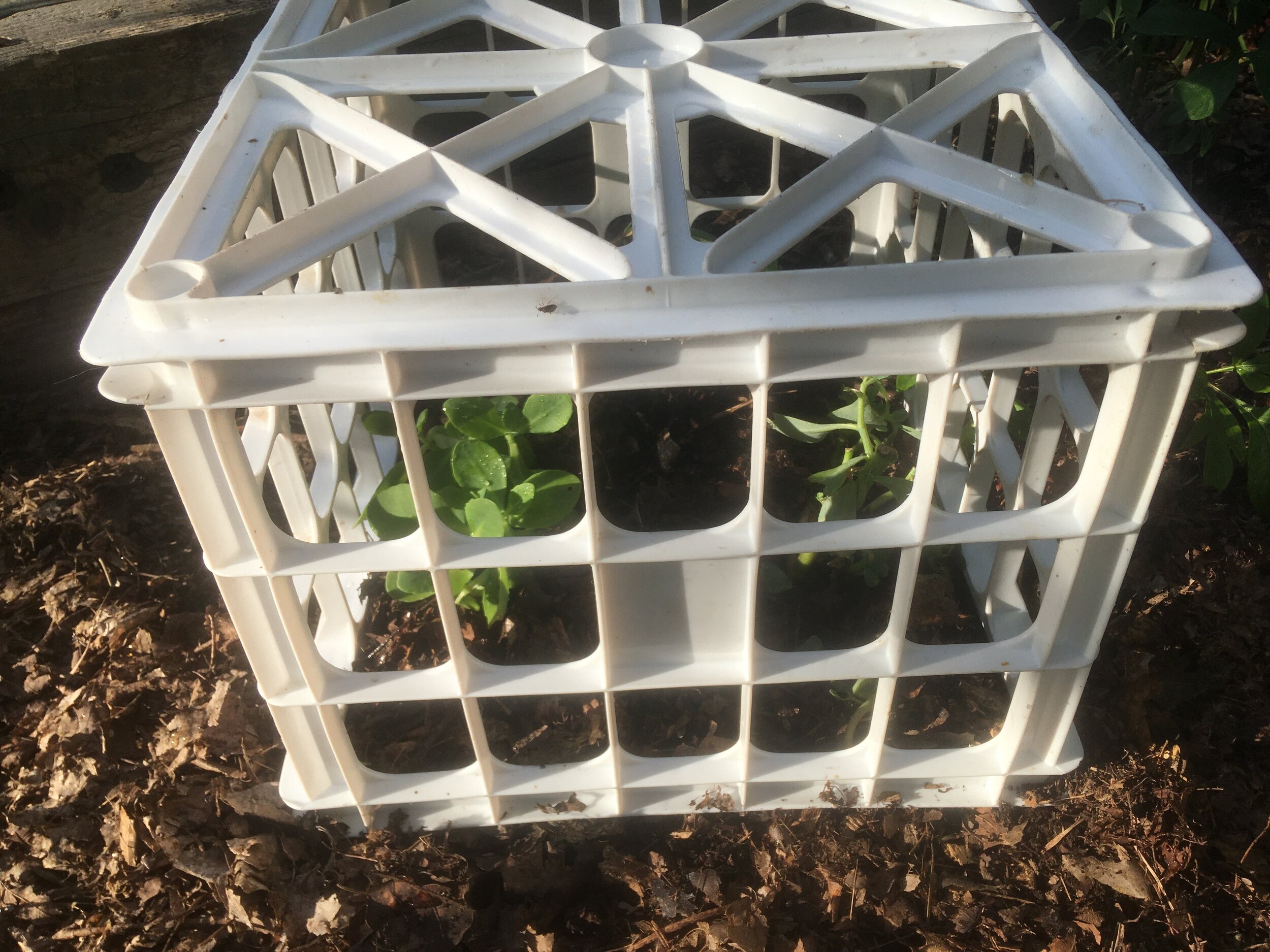September Gardening Jobs
/A little paint and these will be ready to go back into the garden. (Photo by Charlotte Ekker Wiggins)
September Gardening Jobs
Ok I’m officially still behind in some earlier chores so I need to catch up. I still have plants sitting in pots because the ground was too hard and dry to dig but they need to be finding permanent homes. I live in USDA Hardiness Zone 5 hoping that our fall will be long enough to give the plants time to settle in their roots.
1. If you have been fertilizing, it is time to stop. Plants need to start slowing down and get out of the growth they usually pursue through spring and summer, even without the boost of fertilizers. Add a last dollop of compost mixed in the soil and that should be it for this season.
2. Keep watering trees and shrubs from now through hard frost. Our first hard frost is usually mid to end of October.
3. If you plan to start a new garden next year, this is the time to cover it with cardboard to kill off any current growth.
4. Bring some of your herbs inside including parsley, chives, rosemary , catnip and stevia. Basil can also be brought inside; sow seeds now to get new plants started for later use. Dry the herbs and store in airtight container.
5. Good time to move peonies. I have several I buried too deep so when replanting, remember to not bury any more than an inch or two beneath the soil surface.
6. Daylilies and Iris can also be dug up and divided.
7. If you want a fall garden, this is the time to sow lettuce and spinach seeds. You may also be able to sneak in some beets.
Chrysanthemums will start to show blossoms as fall arrives. (Photo by Charlotte Ekker Wiggins)
8. Make notes in your garden diary about to dos for next year. Note what plants worked well this year, what seeds you had meant to plant but didn’t get to – whatever you want to tackle next year.
9. Have favorite annuals? I do, too, and I trim them now before bringing them inside. You can also take root cuttings and start young plants if you have good indoor light. Geraniums, coleus, begonias, impatiens all will winter over inside if you keep them pinched and bushy.
10. Order spring bulbs. Daffodils are toxic to deer so they won’t get munched on. Tulips are edible so buy a few for color, then plant them in pots behind a solid wall with wire if you don’t want wildlife snacking on them in the meantime.
11. If you have planted Amaryllis bulbs, cut off the greenery and put them in a dry, dark place without water and let them rest for a couple of months. If you want to time when they bloom, pot and water them 6 weeks prior to when you want them in bloom.
12. Don’t bag and rake clippings, leave them on your lawn to return Nitrogen to the soil.
13. This is also a good time to stock up on mulch. Buy it in bulk or load up at your local recycling center before they close down for the season.
14. Start trimming plants you plan to bring inside to overwinter.
15. And in my case, I figured out how to bring fresh catnip in that won’t be disturbed by an amorous James A Mess, who loves his catnip. I have some planted in a hanging basket.
































































